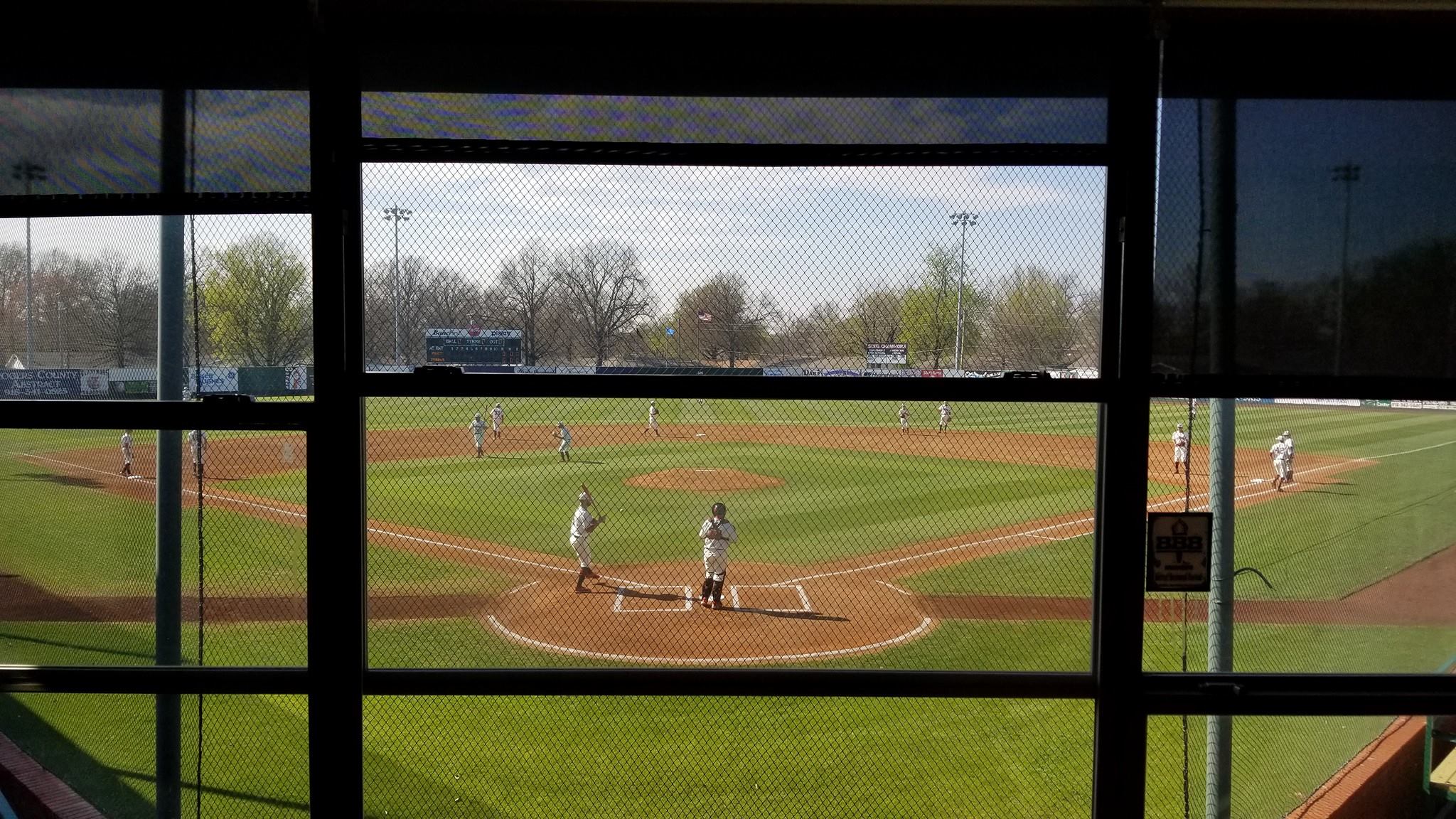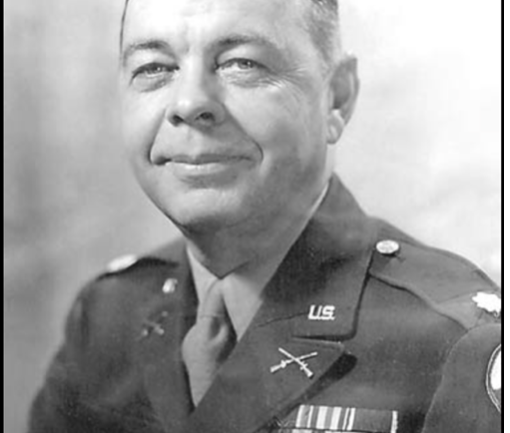Telling the history of Claremore…one story at a time.
Published in Claremore Daily Progress on January 27, 2007 by Larry Larkin, Column Progress Correspondent
The ring of the telephone interrupted the quietness of the house last week. Expecting a salesman telling me how much money I could save by purchasing his product, I started to ignore it. Instead, I picked up the receiver and said hello. “Did you get my letter?” the voice on the other end asked. “What letter might that be?” I replied. “I’m calling about the letter I sent concerning your article on the American Legion ballpark you did last Sunday (Jan. 13),” he said.
My first thought was: “What did I write that was incorrect?” or “What does he disagree about.” That’s usually the case when someone takes the time to write or telephone. This gentleman was doing both. This might be a lulu.
“Did I get something wrong?” I asked while trying to remember where my notes from that piece were located. “Oh, no, there was nothing wrong in the article,” he said. “You just didn’t tell the whole story. The history of that ballpark started long before 1946.”
My story had stated that the local American Legion chapter had obtained property at the corner of Blue Starr and Sioux that year and started building a ballpark. The caller said his name was James O. (Buddy) Mouton of Route 3, Chelsea. After finding out he mailed his letter to the Claremore Progress office, I explained that I only occasionally go into the newsroom. No, I said, I had not read his letter. What did the letter have to say?

For the next 30 minutes, talking nonstop in an interesting manner, he proceeded to answer my question. He started by saying that his father, Oliver L. Mouton, and a partner by the name of Jim Stone, moved from Eufaula to Claremore in 1926. They opened what was then called a general store. They sold various food items, clothing, house and farm supplies, etc.
Their building was across the alley from the old Mason Hotel. Located on the north side of the street, the hotel was in the west 600 block of the town’s main street. Mouton’s store was actually on what is now Lynn Riggs Boulevard.
James Mouton, my caller, said he was born Oct. 3, 1928. That same year, his father bought out his partner’s portion of the business. “Having played himself, my father was an avid baseball man and sponsored the Claremore city team in the late 1920s and ’30s,” Mouton said. “But they didn’t have a real place to play their games. They would use vacant lots and cow pastures.”
Sometime around 1930, according to the son, the father acquired a plot of land from a farmer. The farmer owned land from the corner of Blue Starr and Sioux back east to today’s Route 66. “Whether he purchased the land or traded for it, I don’t know,” Mouton said. “My father then gave that plot to the city of Claremore with one stipulation. The land could not be used for anything but baseball. He wanted a young boy to always have a place to play baseball.” According to Mouton, a diamond with bases was built along with a backstop and bleachers.
“The two roads on both sides of the field were dirt and gravel. The dust created by passing cars and wagons was terrible for the spectators,” he said. “So, they built a 10-foot high board fence along both roads.”
During World War II, some of the young men who had been playing baseball the spring and summer before were now donning military uniforms. Baseball fell to the wayside.
“It was during the war when the Will Rogers Round-Up Club was formed. They didn’t have a place to put on rodeos,” Mouton said. “And because the field wasn’t being used, they used the plot for their rodeo performances.
“About 1946, they moved further east on Blue Starr to their present location. The Blue Starr and Sioux corner became a place for baseball once again.
“Your article told about the field, backstop, and bleachers being built by the American Legion. I played there from 1946 to 1950. After the war ended, and with the veterans returning home, several new teams were formed and a softball league started up.”
Some of the men Mouton played ball with were Warren Johnston, Bud Hammett, Bill Walker, Elmer Tanner, Kenneth Lewis, Bud Gentry, Johnny Johnson, Jim Meredith, Doyle Maxwell, and Wayne Baldridge.
By 1950, Mouton was in uniform himself and he served in Korea. On his return, he enrolled at Oklahoma A&M; in Stillwater.
“I moved to Houston in 1954 and didn’t really keep up with activities in and around Claremore for the next 35 years,” he said. “I have always wanted to trace down the paper work on the transaction. I went to the courthouse once and spent some time looking. It should be recorded by some deed, you would think.”
Talking about his father again, Mouton said the Mouton grocery store went bankrupt in 1938. “Dad just gave out too much credit. He made sure the kids always had a new dress or shirt and pants and shoes for the start of school. He would tell the parents to pay for them when they had the money. I was 10 years old when the store closed. He took all the IOUs out back and set them on fire. He got a kick out of doing that. I suppose most of his customers never knew about it.”
Warehouse Market took over the property. Even though the grocery store would make three more moves in later years, according to Morton there is a sign at the present site that reads “Low Price Foods since 1938″. In bringing his phone call to an end, Mouton said: “I want to commend Ray AkinJr. and the rest for what they have done in later years. They have kept the ‘Field of Dreams’ alive for young boys. It is a first-class park.”
While he did not actually put it into words, it was clear that Mouton knows his father would be proud.
Thanks to my caller, who quoted radio commentator Paul Harvey: Now we know the rest of the story, about Claremore’s baseball field. At least until I get another telephone call or letter.




